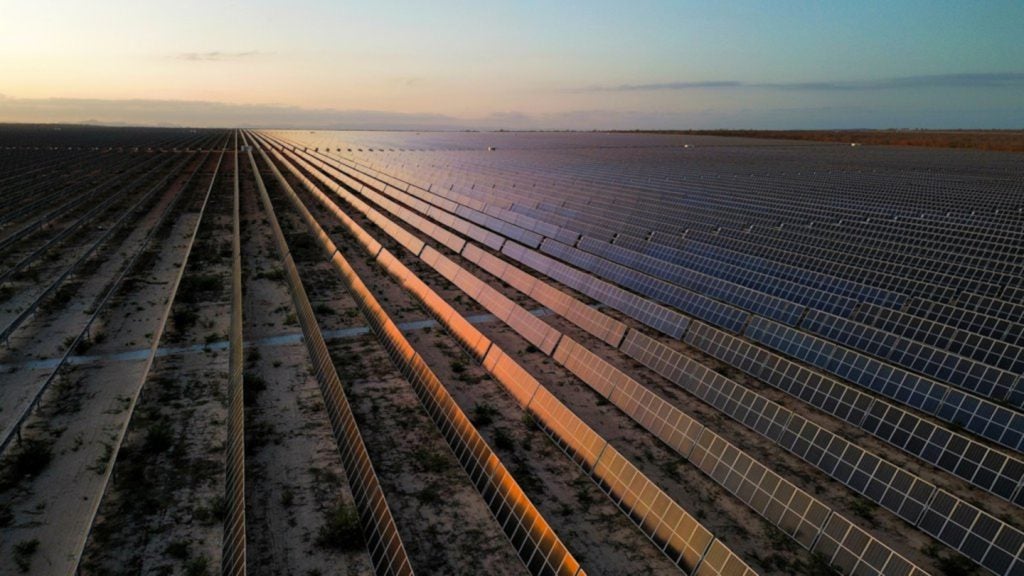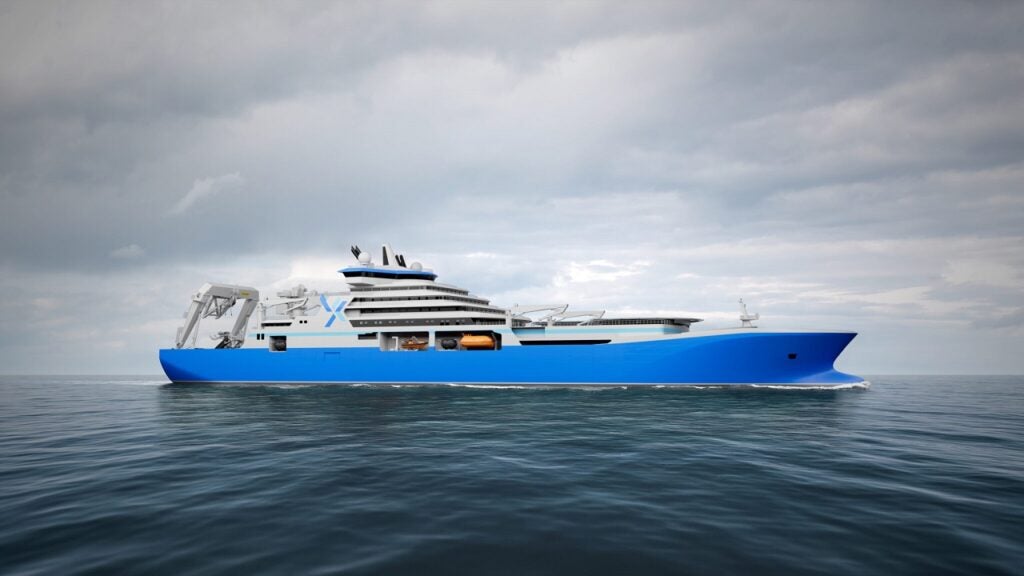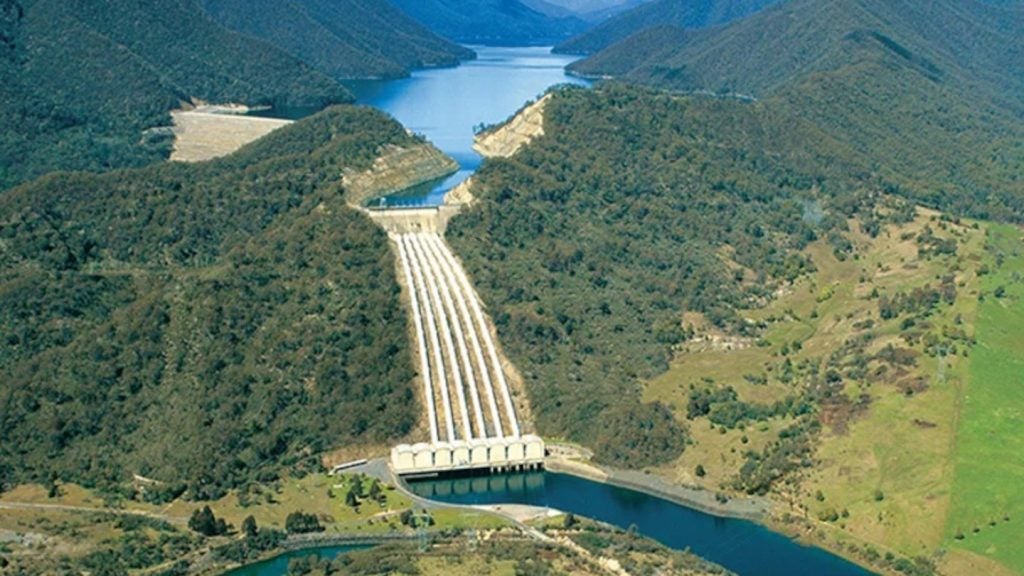The Burbo Bank Extension offshore wind farm was constructed adjacent to the existing Burbo Bank wind farm in Liverpool Bay, UK. The extension project site covers an area of approximately 40km², in water depths ranging between 3.5m and 17m.
Project operator Dong Energy holds a 50% interest, while the remaining 50% interest is equally shared by PKA and KIRKBI.
The final consents for the project were awarded in September 2015, and the final investment decision (FID) was made in December 2015. Onshore construction activities were initiated in the same year, while the offshore construction works were started in early 2016.
First power from the project was generated in November 2016, and the extension was commissioned in May 2017.
With an installed capacity of 258MW, the wind farm is capable of serving approximately 230,000 homes. It generated approximately 150 local jobs during construction and 75 full-time jobs during the operations phase.
Burbo Bank Extension offshore wind farm make-up
The offshore wind farm is equipped with 32 MHI Vestas V164-8.0MW wind turbines. The V164-8.0MW turbine is the biggest of its kind in the world, with a hub height of 105m and tip height of 187m. Its blades measure 80m long, providing a swept area of 21,124m², while its nacelle is 20m long, 8m wide and 8m high.
The turbines are fixed on transition pieces, which are further supported by monopile foundations. The installation of the turbine foundations was completed in July 2016, and the first turbine was installed in September 2016.
The construction base for the project is the Cammell Laird site in Birkenhead.
Grid connection
The output from the turbines is conveyed through inter-array cables to the new offshore substation, which is then conveyed to a new onshore substation at Bodelwyddan, south-east of the St Asaph Business Park, by submarine and underground cables.
Onshore underground cables will further transfer the electricity to the national grid through the 400kV Bodelwyddan onshore substation.
Diamond Transmission Partners (DTP), a consortium of Mitsubishi Corporation and HICL Infrastructure, was selected to own and operate the offshore transmission link to the wind farm in July 2017.
Contractors and suppliers involved with the wind farm in Liverpool Bay
The monopile foundations and associated transition pieces for the project were manufactured and supplied by Offshore Structures (Britain), a joint venture of EEW Special Pipe Constructions (SPC) and Bladt Industries.
Van Oord installed the foundations, deploying its Svanen heavy lift vessel to do so, and further subcontracted FoundOcean to connect the monopile and transition pieces using BASF’s proprietary MasterFlow 9500 grouting system.
MENCK supplied its proprietary MHU 3500S hammer for the installation of the monopiles.
Balfour Beatty and Jones Brothers were awarded the contract for the construction of the onshore substation and its ancillary facilities, while the contract for the construction of the offshore substation was awarded to Atkins.
Seaway Heavy Lifting performed the transportation and installation works for the offshore substation, whereas Smulders was subcontracted to perform the steel works for the topside and jacket of the offshore substation.
The civil engineering and design services for the onshore substation were provided by WSP, whereas Brenig Construction was awarded the groundworks and reinforced concrete structures package contract.
The substation automation solutions supply contract for the project was awarded to Alstom Grid.
The turbines were installed by A2SEA using its offshore installation vessel, Sea Challenger.
The onshore cabling and pipeline contractor for the project was Volker Infra, who worked in collaboration with its sister company VBMS, whereas the contract for the installation of the offshore export cables and infield cables was awarded to Jan De Nul Group.
ABB supplied approximately 25km of 220kV AC submarine cables and 32km of AC offshore underground cables for the project.
Tekmar was contracted to supply its proprietary TekLink mechanical latch systems for the protection of the cables.
The aerial surveys for the project were performed by HiDef Aerial Surveying, metaocean data was provided by ABPmer, and unexploded ordnance investigation and explosive ordinance disposal services at the offshore site were performed by Modus Seabed Intervention in collaboration with N-Sea and Ramora.










